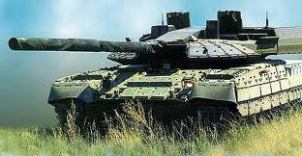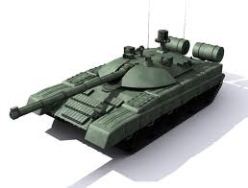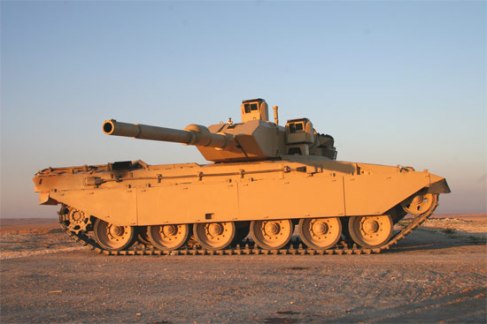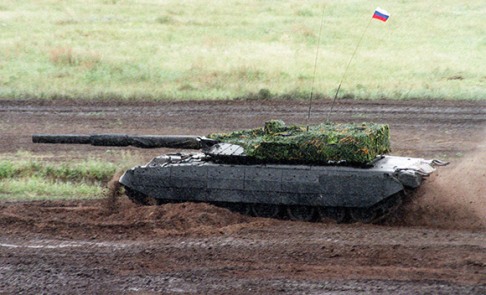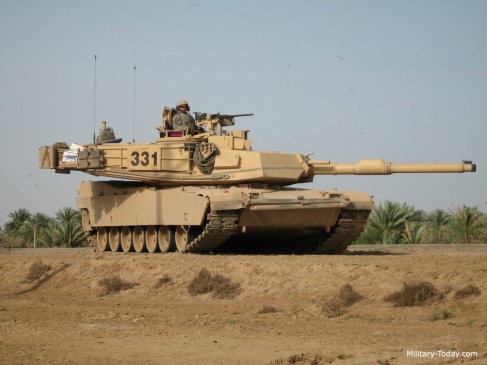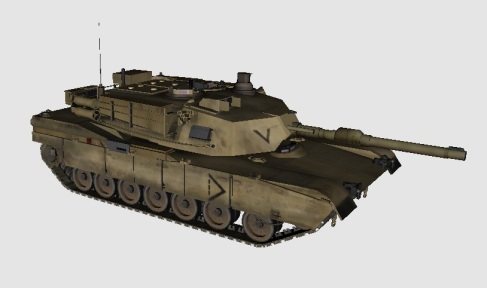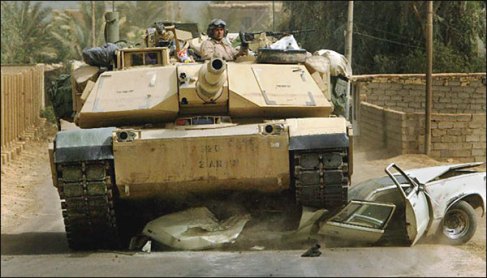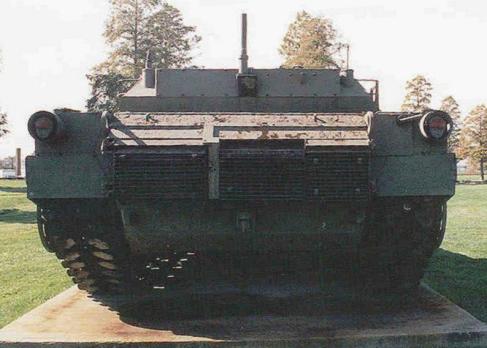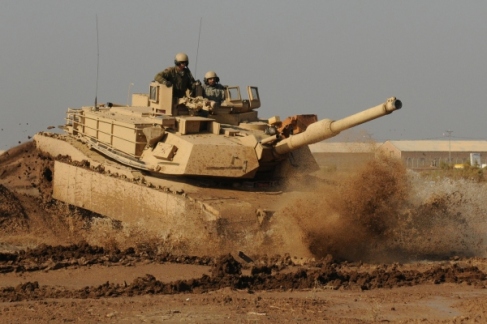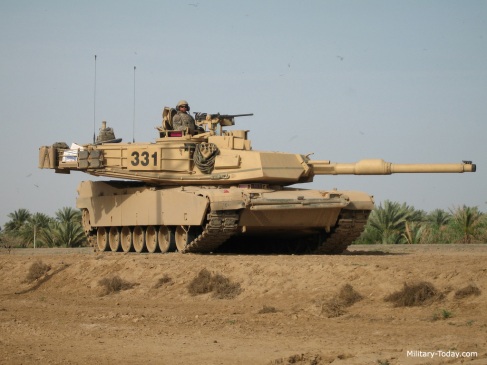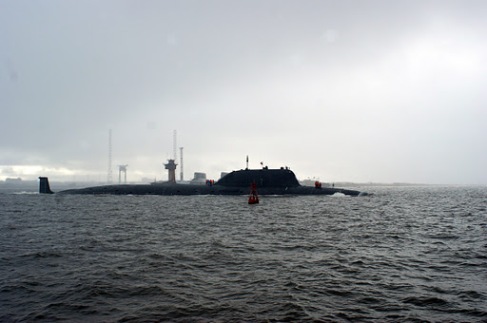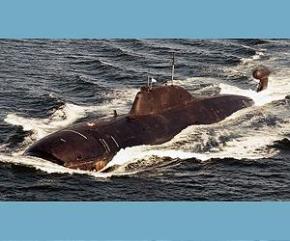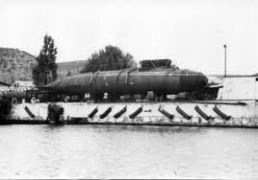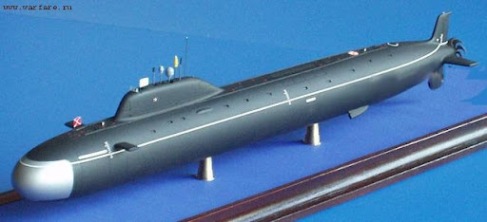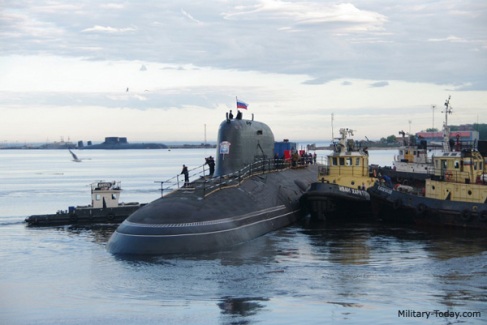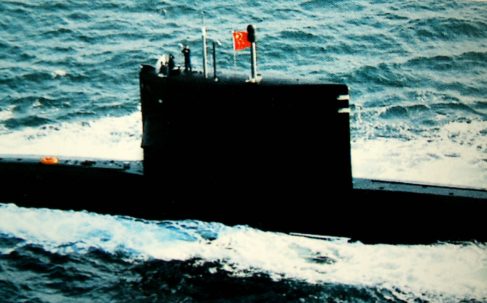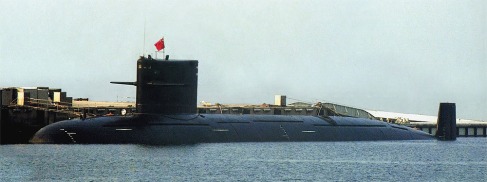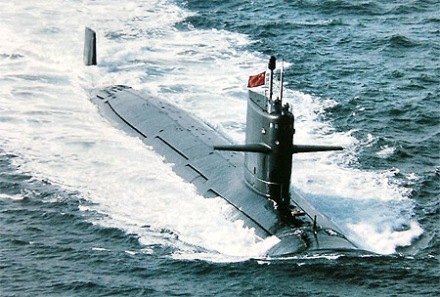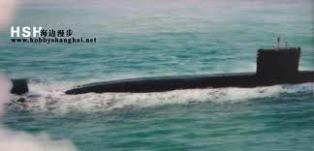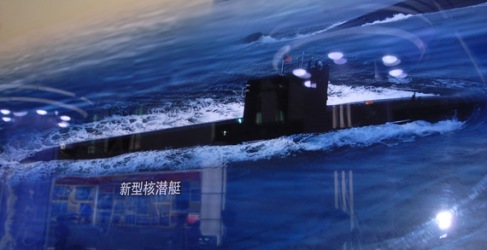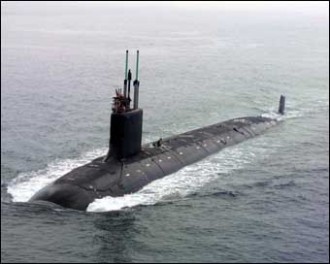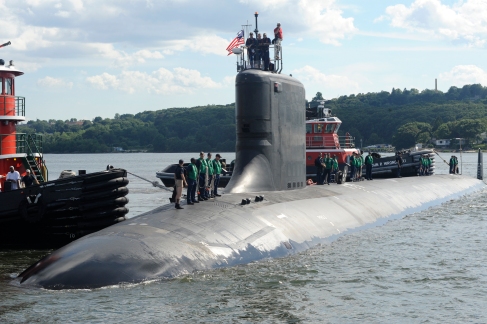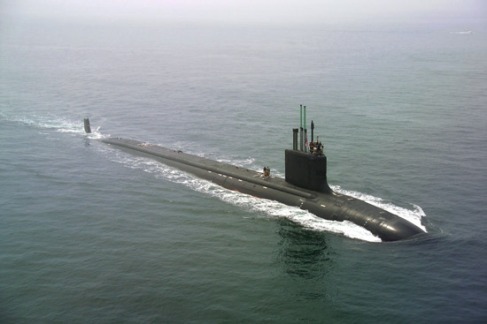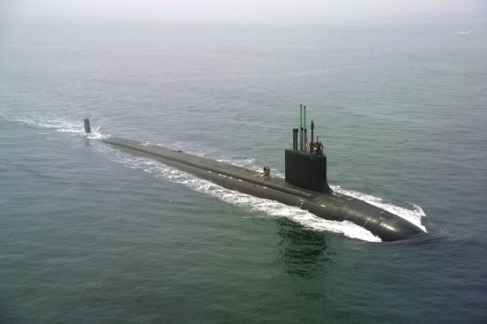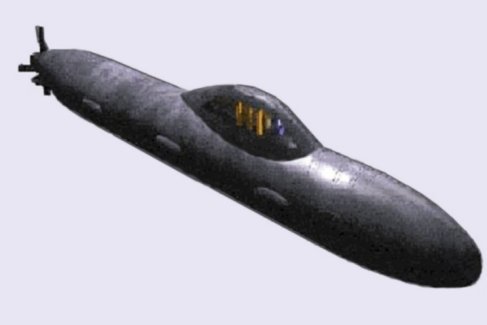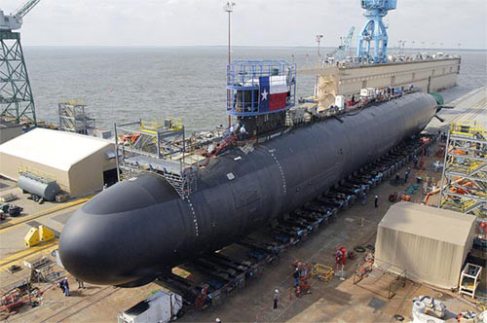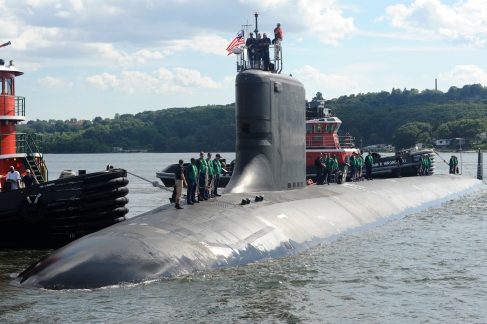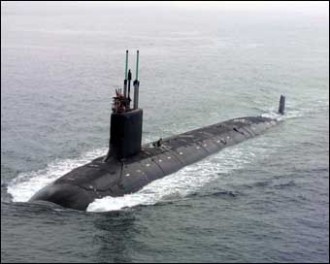It is a staple of undergraduate courses in Politics, the sort of question that gets asked to students in the very first weeks of their studies and when typed into search engines produces a myriad of academic articles. What does sovereignty mean in the twenty first century? This article does not seek to reproduce a general treatise on the subject, but seeks to use one particular and contemporary case study; the campaign for Scottish independence, to highlight just how significant and challenging the concept of sovereignty is in modern politics.
In May 2011 the Scottish National Party defied history and the assumptions of the Scottish electoral system to win an overall majority in the Scottish Parliament in Holyrood, Edinburgh. In doing so the SNP became the first party to achieve such a feat in an electoral system designed, because of its mixed member proportional basis, to avoid a single party winning a majority (partly because of unionist fears in the 1990s of such a scenario occurring). Most importantly of all, however, with a majority in the Scottish Parliament the SNP were now able to command a moral and arithmetical mandate to pursue the party’s primary goal: independence from the United Kingdom.
Unlike the 2007-2011 Scottish Parliament where the SNP ran a minority administration, the party’s hierarchy was unable to blame a unionist majority for a failure to pass a Bill seeking a referendum on independence and thus moved swiftly to negotiate a settlement with the UK Government over the powers to hold a referendum (the Scottish Parliament in and of itself was not granted the powers to declare independence, for obvious reasons, and thus a binding referendum would require the UK Parliament to devolve such power to Edinburgh). In 2012 the UK and Scottish Governments agreed a deal whereby the Scottish Parliament would be temporarily given the power to hold a referendum on independence and in a series of constitutional firsts for the United Kingdom, agreed to enfranchise sixteen and seventeen year olds for the referundum.
Following the Edinburgh Agreement of 2012, the people of Scotland will vote on their country’s future on the 18th September 2014. Labour, the Conservatives and the Liberal Democrats have coalesced behind a unionist campaign imaginatively titled ‘Better Together’, while the SNP, Greens and a few minor parties have joined forces behind the equally innovatively named ‘Yes Scotland.’ We know what the referendum question will be (Should Scotland be an Independent Country?) and we know when it will be held, but aside from those details the peoples of Scotland and the UK at large are left with what we might call, to invoke Donald Rumsfeld, the “known unknowns.”
On the unionist side of the equation these known unknowns revolve around the concepts of ‘Devo-max’ and ‘Devo-more’, concepts that are essentially promises of more powers for the Scottish Parliament. Polls suggest that enhancing the devolution settlement in Scotland is by far the most popular constitutional option among the public, indeed Alex Salmond, the SNP First Minister, was alleged to have pushed behind closed doors for devo-max to be a third option on the referendum ballot paper and in public he has spoken of his desire for Scots to be given this choice. However, devo-max’s greatest strength as a political tool is also its fundamental weakness. Unionists have so far failed to find a common definition of devo-max, something that allows Better Together to simultaneously promise more powers, without being bound by specifics. On the one hand and for these very reasons this appears to be clever unionist statecraft, committing Better Together to everything and nothing, on the other this very absence of specificity risks unionists being tried by broad public expectations that have developed in this vacuum if Scotland votes to remain in the union.
It is not just Better Together and Unionists that represent the politics of the ‘known unknown’, however. Rather it is a description that, ironically enough, unites unionism and nationalism in this independence debate, the latter now forming the remainder of this article’s analysis. The Yes Campaign and the SNP particularly have used this referendum to propagate a version of independence that has been described by its detractors as ‘indy-lite.’ A charge that is particularly potent in the case of the proposals for the retention of a currency union, post-independence, with the remainder of the United Kingdom, with the Bank of England acting as a lender of last resort for an independent Scotland. This is, unsurprisingly, a hugely controversial policy, for both nationalists and unionists, with figures on both sides of this fault line alleging that the consequence would be that Westminster would effectively still control Scottish macro economic policy, indeed the Treasury has argued that it would only agree to a formal currency union if strict controls were set on Scottish borrowing limits and the activities of the financial sector in an independent Scotland.
However, while the dynamics of how this currency union would operate offer another example of the vagueness that defines the debate around Scottish independence, it is in no way the last. One of the main controversies that has engulfed the Scottish nationalists’ campaign for independence has been the question of EU membership. Alex Salmond had long claimed that an independent Scotland would automatically retain both membership of the European Union and the opt-outs agreed by the UK, importantly including opt outs from the Schengen agreement (which allows free movement of peoples within signatory countries without border controls) and the European single currency.
Beyond the EU, an equally significant source of ambiguity emerges in relation to Scottish membership of NATO. Despite the SNP leadership winning a crucial party conference vote in favour of a policy seeking Scotland’s continued membership of NATO, a victory won at the expense of two SNP Members of the Scottish Parliament who resigned the party whip in opposition, this has not settled the question of whether an independent Scotland would be a NATO state. At the heart of this ambiguity and confusion is a source of major uncertainty in its own right, the future of the UK’s nuclear deterrent, based currently in Faslane in Scotland. Faslane is a site of major strategic significance for the United Kingdom and NATO as the home of the country’s strategic nuclear deterrent, Trident. The SNP, however, are fervently opposed to nuclear weapons and a major pillar of Yes Scotland’s independence rhetoric revolves around liberating Scotland of this deterrent.
Unsurprisingly, however, this pledge to remove Trident is deeply controversial. The Guardian, for example, in July 2013 suggested that the Ministry of Defence was considering retaining control of Faslane, designating it as a Sovereign territory of the UK along the lines of UK bases in Cyprus and while this was swiftly rejected by the office of the Prime Minister, it suggests the strength of feeling and importance attached to the nuclear deterrent in the UK Government, particularly when relocating the nuclear deterrent would be a hugely expensive and lengthy process. This uncertainty over Faslane, alongside the SNP’s anti-nuclear positioning, has direct repercussions for the prospects of Scotland’s membership of NATO. Reports of meetings between Scottish civil servants and NATO officials in July 2013 indicated that, as now appears to be the case with the EU, Scotland would have to re-apply for membership of the nuclear alliance and that for any prospect of this application to succeed there would have to be a detail made between the Scottish and r-UK Governments about Faslane and Trident. Indeed, more than simply agreement, the UK Government and former NATO Secretary General Lord Robertson, have perhaps unsurprisingly given their unionist political philosophy, have insisted that any deal would have to amount to an independent Scotland agreeing to the continued existence of the r-UK’s nuclear deterrent on Scottish soil.
It is noteworthy, in this context, that in an October 2013 interview with the BBC Andrew Marr , Alex Salmond, despite repeating his and the SNP’s insistence on removing Trident, indicated that no such decision would be formally taken until 2016, two years after the referendum. Such a timescale would enable a period of negotiation and perhaps a period of convincing the Scottish public to allow the retention of a nuclear deterrent and indicates that Salmond is once again willing to partake in a process of deal making with London. However as with much of the Yes Campaign’s prospectus this is once again a case of the ‘known unknowns.’
However it is not just the explicit campaign between nationalism and unionism in the 2014 Scottish independence referendum that is dominated, indeed arguably framed, by these ‘known unknowns.’ Such certain uncertainty can be found in the dynamic around another referendum; that proposed by the UK Conservatives over the UK’s EU membership for 2017. It is important to emphasis the proposed element of this referendum, it is not set in stone and is entirely contingent on the Conservatives winning an outright majority, or being able to form the next Government as a minority or in another coalition, after the 2015 UK General Election. At present the chances of such an outcome are not favourable to the conservatives, though there is still well over a year until the election and as Harold Wilson once observed ‘a week is a long time in politics.’ Should the Conservatives defy the polls and recent British political history, by either gaining more votes and seats than in 2010 to form a majority government or secure a majority for this policy via other means, the referendum would pose huge constitutional questions not only for the UK’s place in Europe, but over Scotland’s place in the UK.
Imagine that Scotland votes no in 2014, as the polls suggest, and that following this result a Conservative administration emerges from the 2015 General Election as the largest party or as a majority. Then imagine that a referendum is held in 2017. It is the irony of all ironies that the Conservatives in this scenario would to a large degree become the party of independence, while the SNP spearhead a defence of the union (the European Union).
Whether Scotland votes yes or no, the years following this here 2014 seem to only offer the certainty of doubt. We know, to a considerable degree, where such ambiguities and uncertainties are likely to emerge, whether it is how a currency union would work, how substantive any ‘devo-max’ would actually be if Scotland votes to remain in the United Kingdom and how would the UK, if retained in 2014, cope with English votes propelling a protesting Scotland and the rest of the United Kingdom out of the European Union.
